5 Must-See Artifacts at the Acropolis Museum for History Buffs

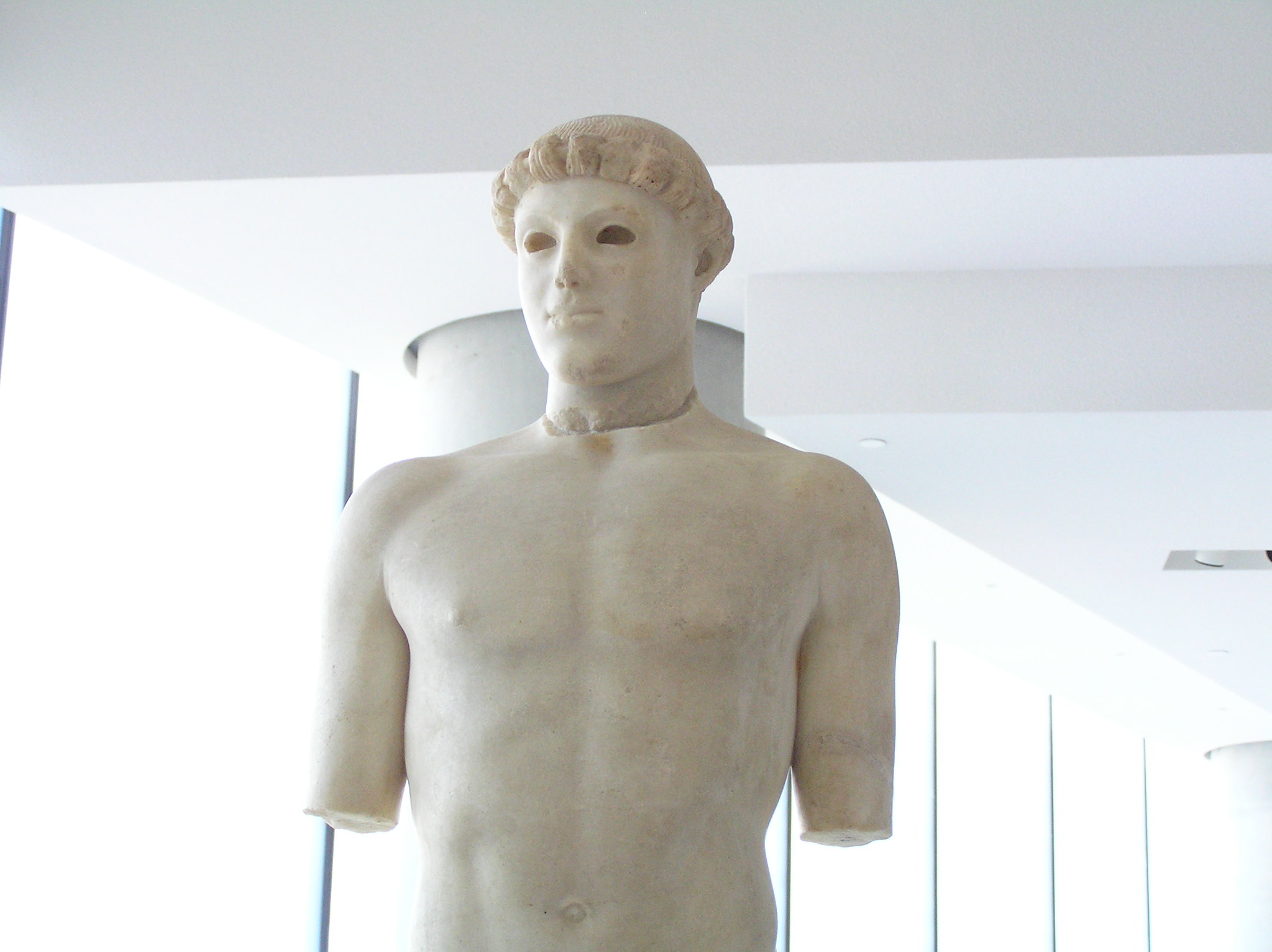
If you’re a history enthusiast like me, the Acropolis Museum is an absolute treasure trove. After countless visits, I’ve narrowed down five artifacts that no one should miss. These pieces aren’t just beautiful; they carry stories that reveal the rich and complex history of ancient Athens.
1. The Kritios Boy
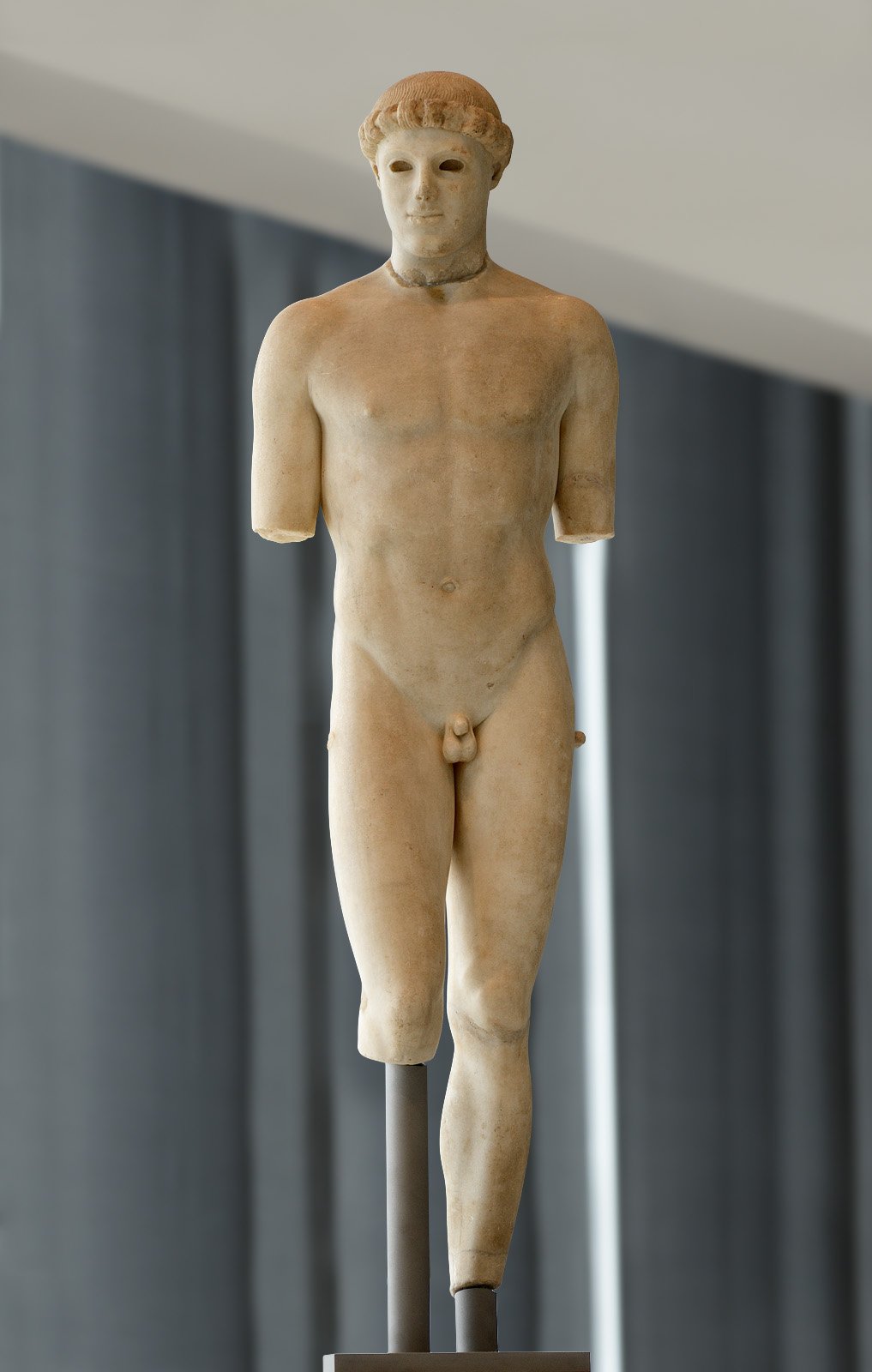
Historical Background: The Kritios Boy, dating to around 480 BC, is a landmark in the history of Greek sculpture. It represents the transition from the Archaic to the Classical period, moving away from the rigid and static kouros figures to a more naturalistic portrayal of the human body. This statue was found on the Acropolis, buried deliberately to protect it after the Persians sacked Athens in 480 BC.
Why It’s Significant: The Kritios Boy is crucial for understanding the development of naturalism in Greek art. It shows the early use of contrapposto, a pose where the weight is shifted onto one leg, giving the figure a sense of movement and realism that was revolutionary for its time.
What to Look For: Examine the subtle shift in weight, the slight turn of the head, and the detailed musculature. These elements mark a significant break from the earlier, more rigid styles of sculpture.
2. The Caryatids
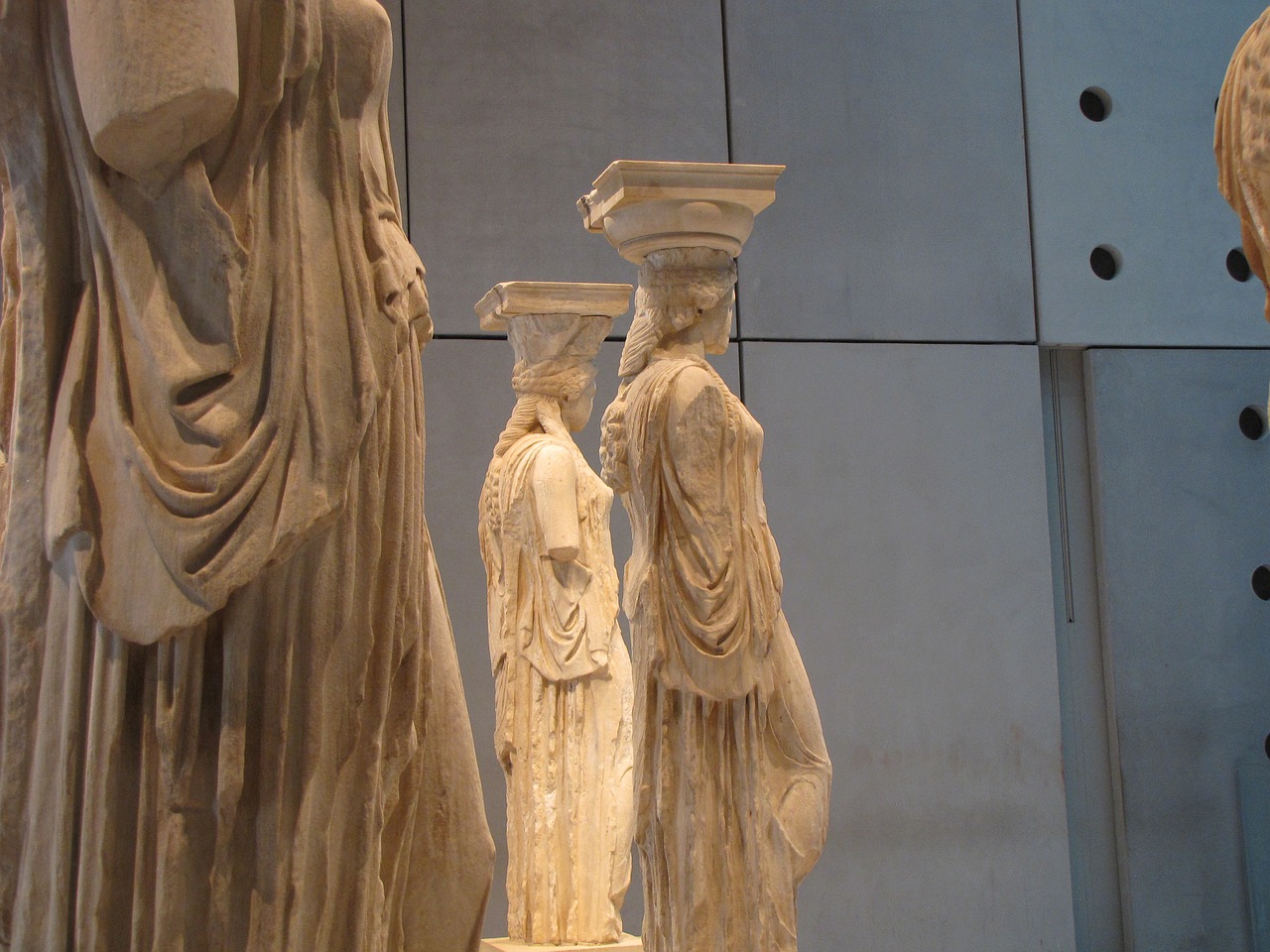
Historical Background: The Caryatids are six female figures that originally supported the roof of the Erechtheion, a temple on the Acropolis. They date back to the late 5th century BC and are remarkable for their combination of architectural support and sculptural beauty. Five of the Caryatids are in the Acropolis Museum, while the sixth was removed by Lord Elgin in the early 19th century and is now in the British Museum.
Why It’s Significant: The Caryatids are not just architectural elements but also symbols of the strength and grace of Athenian women. Their removal and subsequent separation have become powerful symbols in the debate over the repatriation of cultural artifacts.
What to Look For: Pay close attention to the drapery of their garments, which is carved with such precision that it seems to flow naturally. Each Caryatid has unique details in her posture and hairstyle, reflecting individual artistry.
3. The Parthenon Marbles

Historical Background: The Parthenon Marbles, also known as the Elgin Marbles, originally adorned the Parthenon temple. Created under the direction of the sculptor Phidias in the mid-5th century BC, these sculptures depict scenes from Greek mythology, religious rituals, and historical events. They are masterpieces of Classical Greek art and embody the ideals of harmony, proportion, and beauty.
Why It’s Significant: The Parthenon Marbles are at the heart of the debate over the repatriation of cultural heritage. Their removal by Lord Elgin has been a source of controversy, and their absence from Greece is felt deeply. They are not only artistic masterpieces but also vital pieces of Greek national identity.
What to Look For: Observe the dynamic compositions, the detailed anatomy of the figures, and the way they convey motion. The marbles were designed to be viewed from a distance, so try to imagine how they would have appeared high on the Parthenon.
4. The Calf-Bearer (Moschophoros)
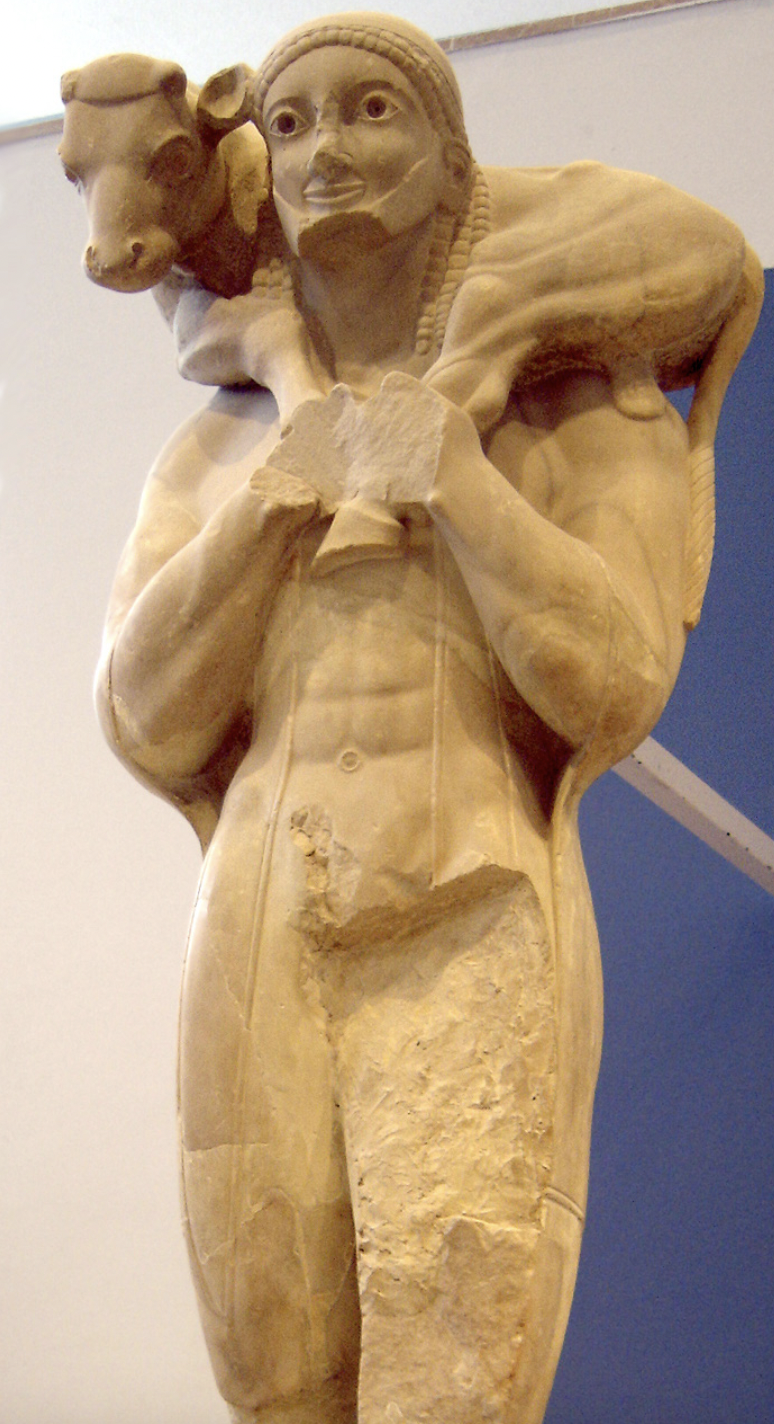
Historical Background: The Calf-Bearer is an early 6th-century BC statue depicting a man carrying a calf, likely as a sacrificial offering to the gods. This statue was discovered during the excavation of the Acropolis in the 19th century, buried in the debris left by the Persian destruction of Athens in 480 BC.
Why It’s Significant: The statue is an early example of Greek sculpture’s move towards naturalism. It also represents the religious practices of ancient Athens, where offerings played a central role in worship. The Calf-Bearer is a testament to the religious devotion of the Athenians and their deep connection to the divine.
What to Look For: Focus on the detailed carving of the man’s face, the careful depiction of the calf, and the emotion conveyed through the simple act of carrying the animal. The balance between the man and the calf creates a harmonious composition.
5. The Mourning Athena Relief
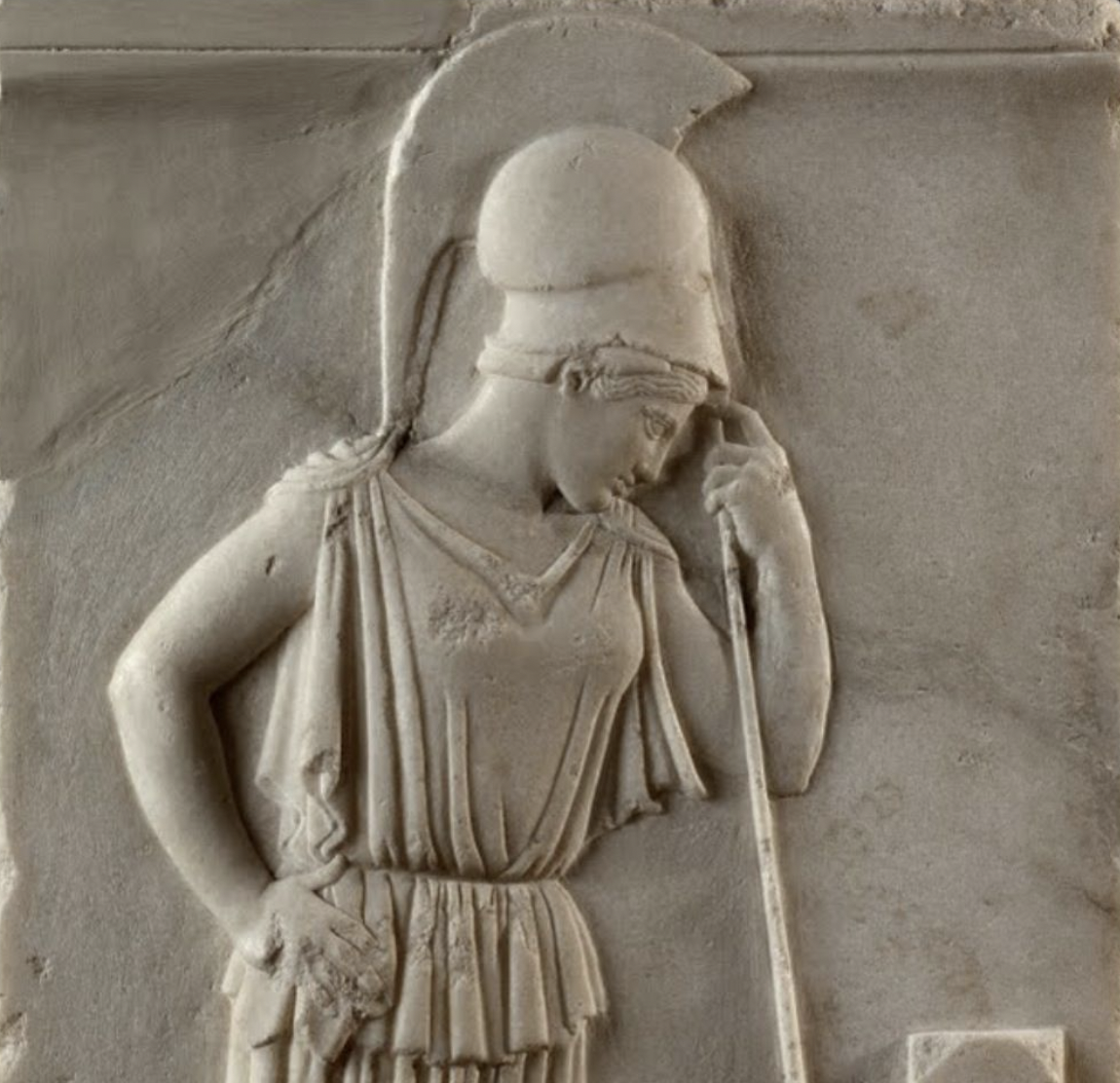
Historical Background: The Mourning Athena is a relief sculpture dating from the late 5th century BC. It shows Athena, the goddess of wisdom and war, standing before a stele (grave marker) with her head slightly bowed. This piece is thought to symbolize mourning for the dead, possibly those who fell in battle.
Why It’s Significant: This relief is a rare depiction of Athena in a contemplative and sorrowful pose, contrasting with her usual portrayals as a fierce warrior. It offers a glimpse into the more human and emotional aspects of the gods in Greek mythology, providing a deeper understanding of how the Athenians viewed their deities.
What to Look For: The simplicity of the scene belies its emotional depth. Notice the way Athena’s posture and the angle of her head convey a sense of mourning and reflection, a powerful reminder of the human experiences shared by gods and mortals alike.
Connecting the Dots
Visiting these artifacts isn’t just about seeing beautiful objects; it’s about connecting with the ancient world in a way that’s deeply personal and intellectually engaging. The Kritios Boy and the Calf-Bearer show the evolution of Greek sculpture from rigid forms to naturalistic representations of the human body, marking the birth of classical art. The Parthenon Marbles and the Caryatids are more than just relics; they are central to ongoing discussions about cultural heritage and identity, their histories entwined with the story of Athens itself.
As you move from the early works of the Archaic period to the masterpieces of the Classical era, you witness the development of a civilization that laid the foundations for Western art and thought. The Mourning Athena adds a layer of emotional complexity, showing that even in a society often idealized for its achievements, there was an awareness of loss, grief, and the transient nature of life.
To fully appreciate these pieces, consider taking a guided tour that delves into their historical and cultural contexts. A knowledgeable guide can provide the insights that make these artifacts come alive, turning your visit into a journey through the very soul of ancient Greece.
For those planning a visit, don’t miss my complete guide to the Acropolis Museum, where I share more tips and insights on making the most of your time in this incredible place.
Planning Your Visit: Get the Most Out of These 5 Must-See Artifacts
When I first visited the Acropolis Museum, I realized how easy it is to get overwhelmed by the sheer amount of history packed into every corner. Over the years, I’ve honed my visits to focus on the artifacts that truly capture the essence of Athens’ past.
Let me tell you, there’s nothing worse than standing in a long line when you could be face-to-face with the Kritios Boy or admiring the timeless grace of the Caryatids. That’s why I always recommend getting a “skip the line” ticket. This simple move saves you precious time, allowing you to head straight to these must-see artifacts without the hassle.
If you’re like me and love diving deep into the stories behind each piece, a small group guided tour can make all the difference. The guides are passionate and knowledgeable, and they’ll share fascinating insights about the Mourning Athena and the Parthenon Frieze—details that might completely transform the way you see these ancient treasures. It’s like having a knowledgeable friend walk you through centuries of history.
Combine the Museum with an Acropolis Visit for a Full Experience
For those who want to go beyond the museum walls and really connect the dots between the artifacts and the Acropolis itself, there’s nothing better than a combined tour. The Acropolis, Parthenon & Acropolis Museum Guided Tour is perfect for those who want to weave together the stories of the Statue of Athena Nike with the towering Parthenon. This tour ties together the ancient site with the museum, offering a comprehensive look at how these pieces once fit into the broader tapestry of Athenian life.
But, if you’re someone who values a more personal touch, I can’t recommend the private guided tour enough. With this option, you have the luxury of time and focus—whether you’re intrigued by the secrets behind the Gravas Video or want a closer look at the Parthenon Marbles. A private guide tailors the tour to your interests, making sure your experience is as enriching as possible. It’s a fantastic way to ensure you don’t miss a single detail of these incredible artifacts.
Header Photo by thanassis 79 on Flickr (licensed under CC BY-NC-SA 2.0).
Frequently Asked Questions about the Acropolis Museum
Is there a dress code for the Acropolis Museum?
While there’s no strict dress code, I’d recommend dressing comfortably and modestly out of respect for the cultural setting. Athens can be quite hot, so light, breathable clothing is a good choice.
Does the Acropolis ticket include the Parthenon?
Yes, the Acropolis ticket includes access to the Parthenon and other key sites on the Acropolis hill. However, it doesn’t cover the Acropolis Museum, which requires a separate ticket.
Can you bring backpacks into the Acropolis Museum?
Yes, but large bags need to be checked at the cloakroom. I usually bring a small bag with essentials and check in the rest to keep my visit comfortable.
What’s the best day to visit the Acropolis Museum?
Weekdays, especially in the morning, are less crowded. If you can, avoid weekends and holidays when the museum is busier.
How many hours do you need at the Acropolis Museum?
For a full experience, 2 to 3 hours should be enough to explore the main exhibits and enjoy the museum’s restaurant.
What’s special about the Acropolis Museum?
What sets it apart is its focus on connecting the exhibits to their original context. The museum’s design offers stunning views of the Acropolis, allowing you to see the artifacts almost as they were originally intended.
Can you see the Acropolis for free?
You can enjoy great views of the Acropolis from various spots around the city, but access to the site itself requires a ticket. Walking around the Plaka area provides some beautiful glimpses without the cost.
Should I go to the Acropolis or the Acropolis Museum first?
If you’re an early riser, I recommend starting with the Acropolis to avoid the crowds and then heading to the museum. This way, you can see the artifacts in context after having explored the site.

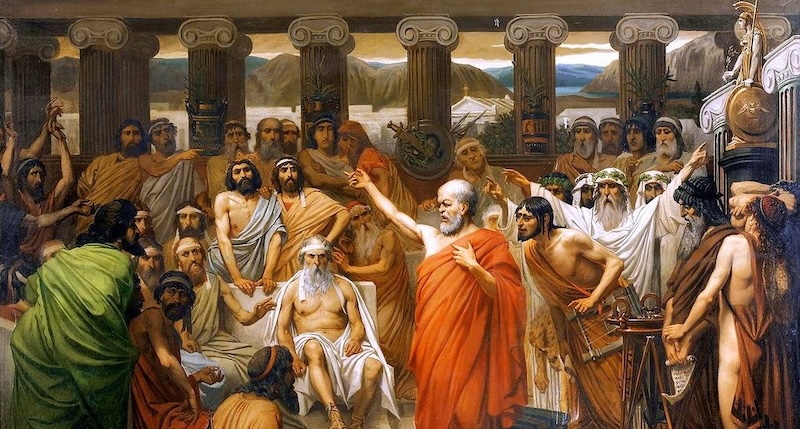
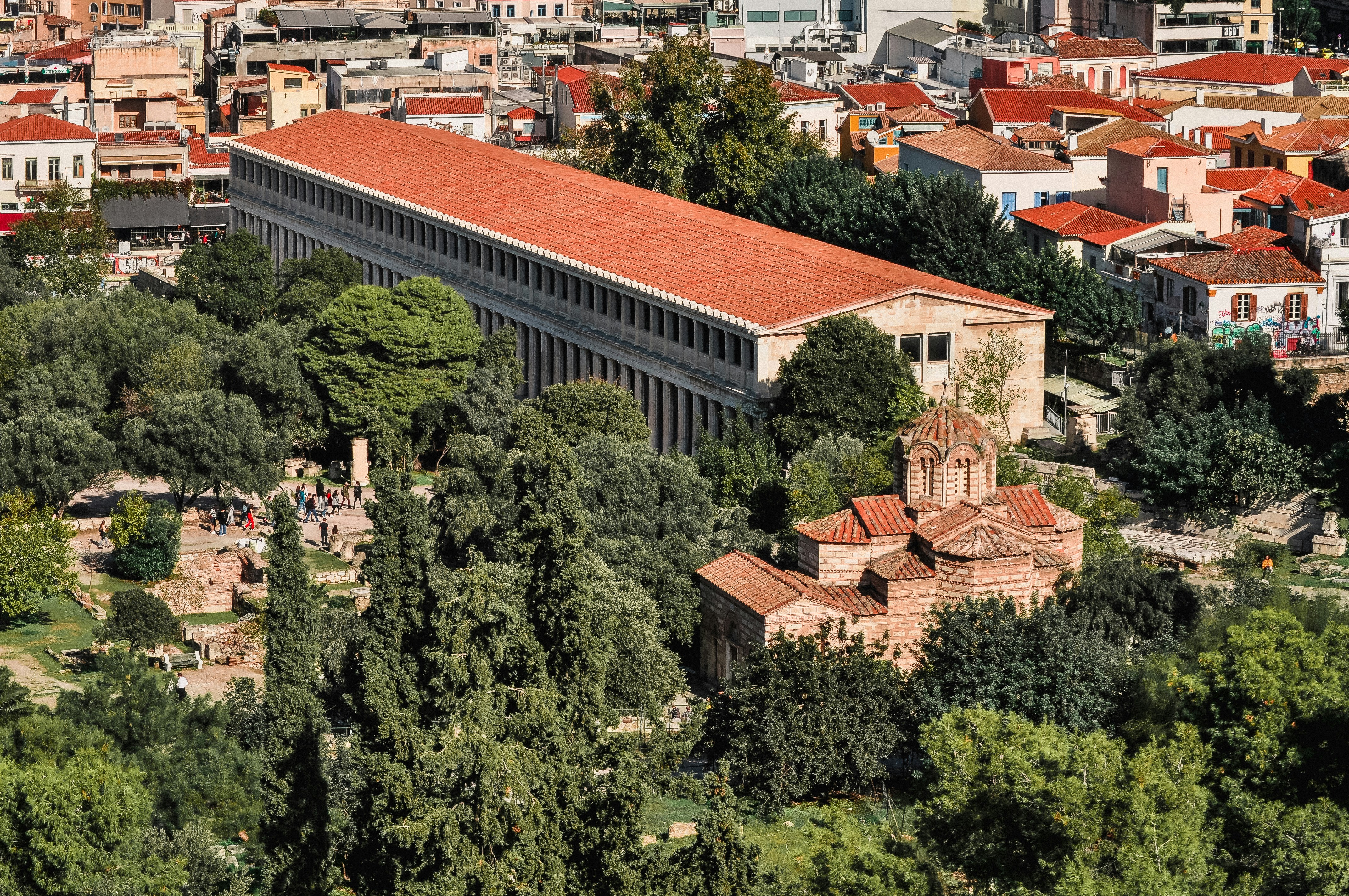
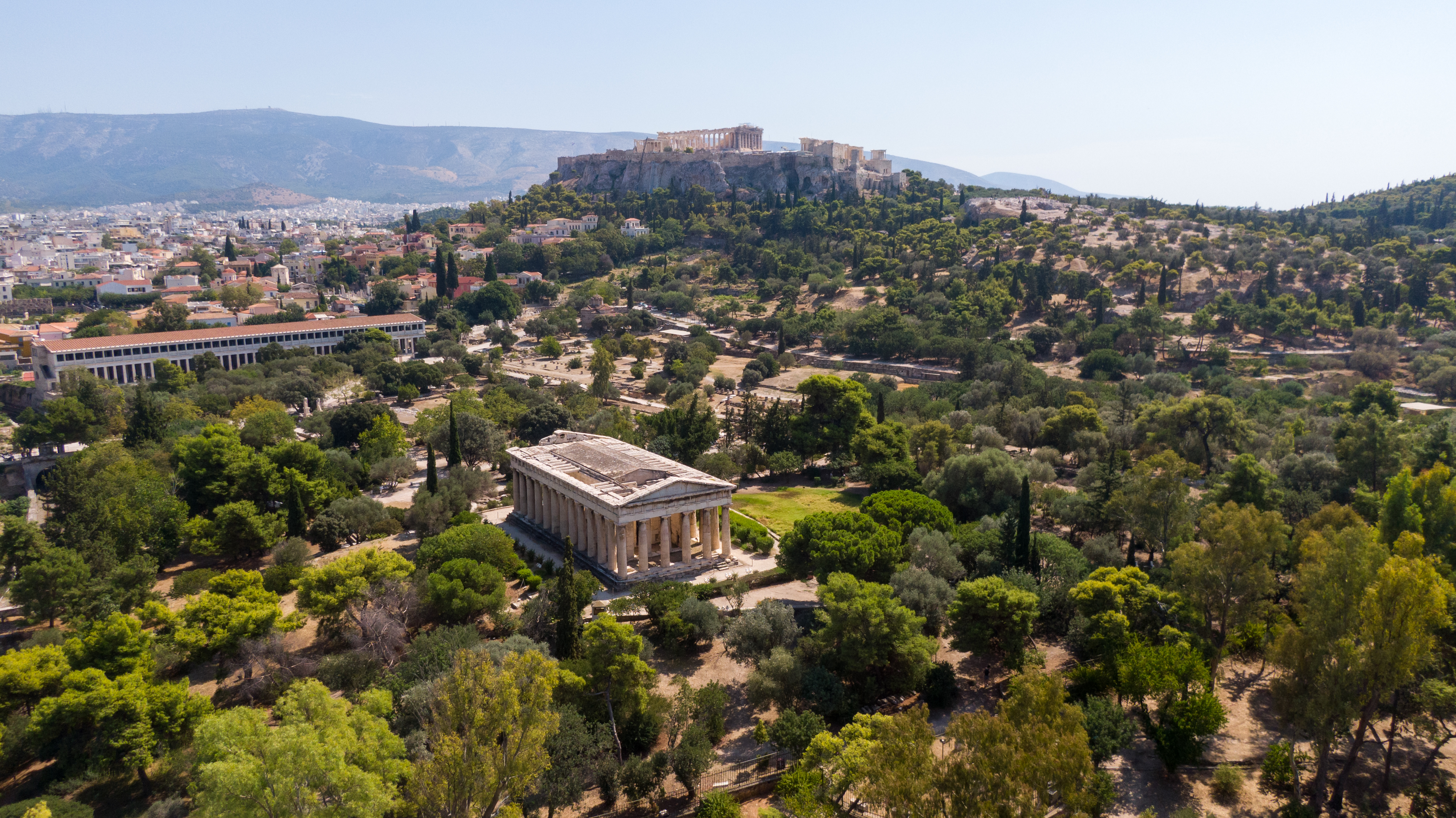
Comments